NASA Astronomy Picture of the Day 2 March 2023: Spiral Galaxies NGC 3169 and NGC 3166
NASA’s Astronomy Picture of the Day is a stellar snapshot of Spiral Galaxy NGC 3169 and its neighbouring galaxy NGC 3166.
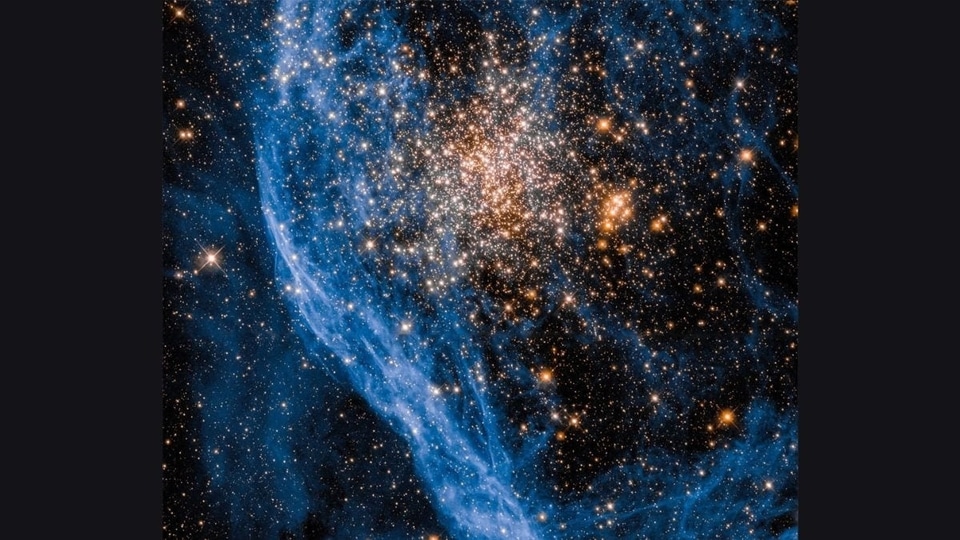
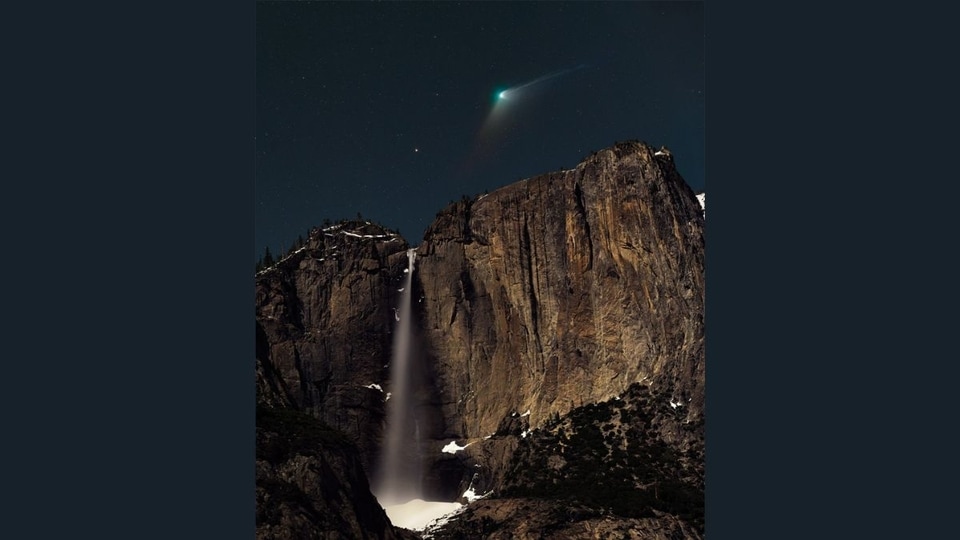
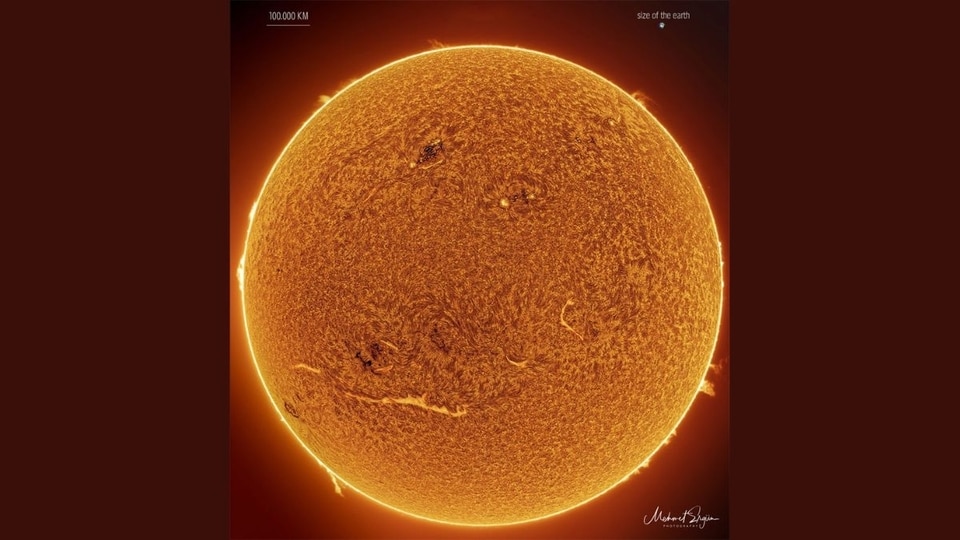
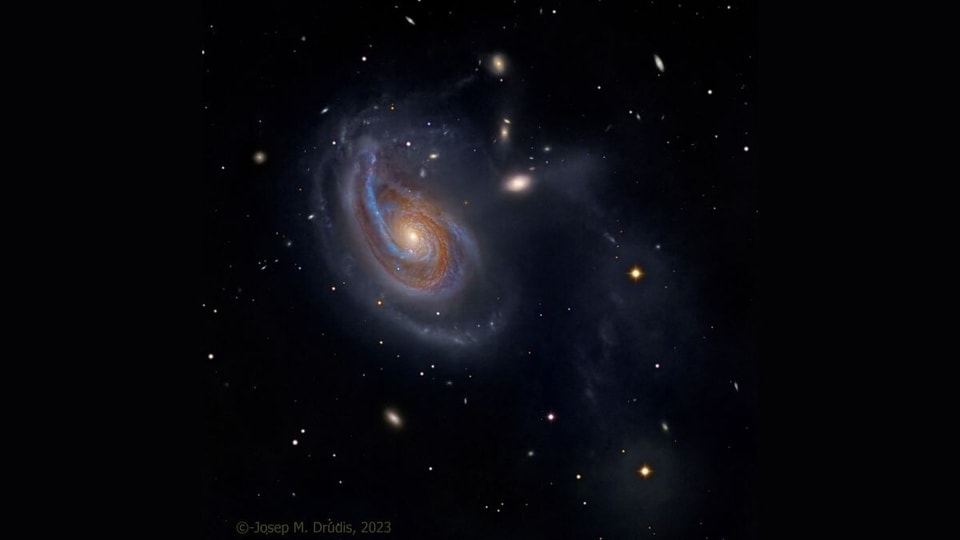
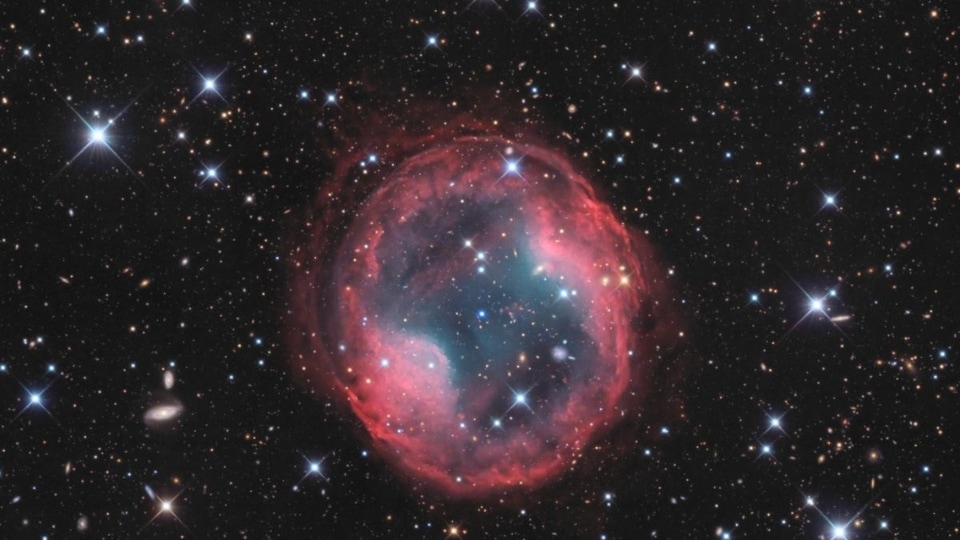
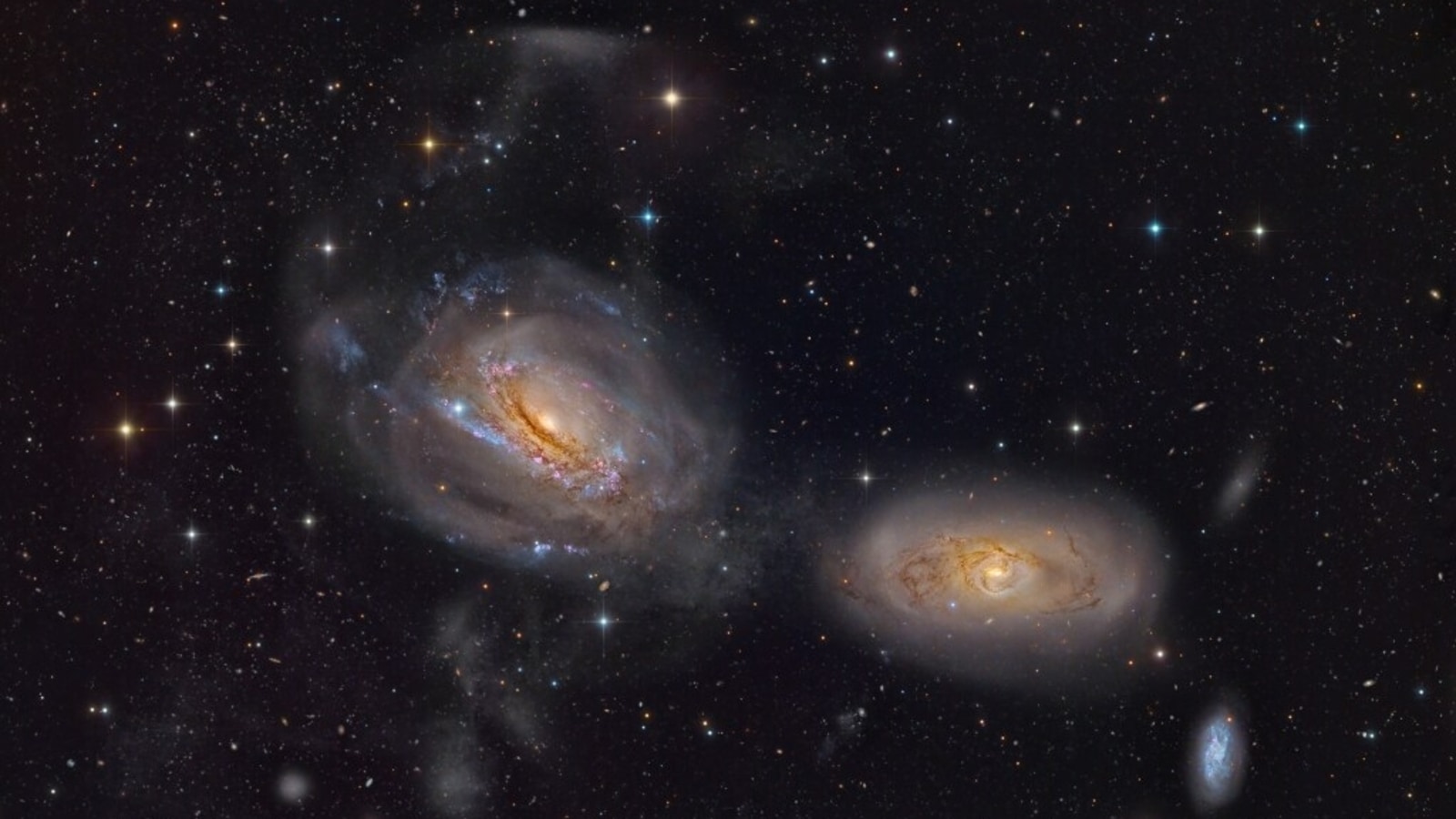
 View all Images
View all ImagesGalaxies exhibit an array of sizes, ranging from diminutive dwarf galaxies with a meager population of a few billion stars to colossal elliptical galaxies with trillions of stars. According to NASA, Spiral Galaxies have winding spiral arms that make them look a little like massive pinwheels. These disks of stars, gas, and dust have bright bulges in their centers made up primarily of older and dimmer stars. Their whirled arms are typically full of gas and dust, which helps give rise to the bright, younger stars visible throughout their length.
NASA's Astronomy Picture of the Day is a stellar snapshot of Spiral Galaxy NGC 3169 and its neighbour NGC 3166. NGC 3169 is located almost 70 million light-years away in the constellation of Sextans (the Sextant). According to NASA, it is part of the Leo I Group of galaxies which is part of a larger galactic congregation known as the Virgo Supercluster. The two galaxies are interacting gravitationally and are expected to merge into one sometime in the future.
The picture was captured by astrophotographers Mike Selby and Mark Hanson, who have previously been published on NASA's APOD for capturing images of Cometary Globules, Wind-shaped Nebula and more.
NASA's description of the picture
Spiral galaxy NGC 3169 looks to be unraveling like a ball of cosmic yarn. It lies some 70 million light-years away, south of bright star Regulus toward the faint constellation Sextans. Wound up spiral arms are pulled out into sweeping tidal tails as NGC 3169 (left) and neighboring NGC 3166 interact gravitationally. Eventually the galaxies will merge into one, a common fate even for bright galaxies in the local universe.
Drawn out stellar arcs and plumes are clear indications of the ongoing gravitational interactions across the deep and colorful galaxy group photo. The telescopic frame spans about 20 arc minutes or about 400,000 light-years at the group's estimated distance, and includes smaller, bluish NGC 3165 at the right. NGC 3169 is also known to shine across the spectrum from radio to X-rays, harboring an active galactic nucleus that is the site of a supermassive black hole.
Catch all the Latest Tech News, Mobile News, Laptop News, Gaming news, Wearables News , How To News, also keep up with us on Whatsapp channel,Twitter, Facebook, Google News, and Instagram. For our latest videos, subscribe to our YouTube channel.





























